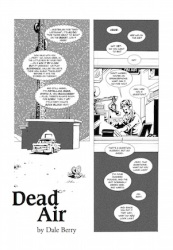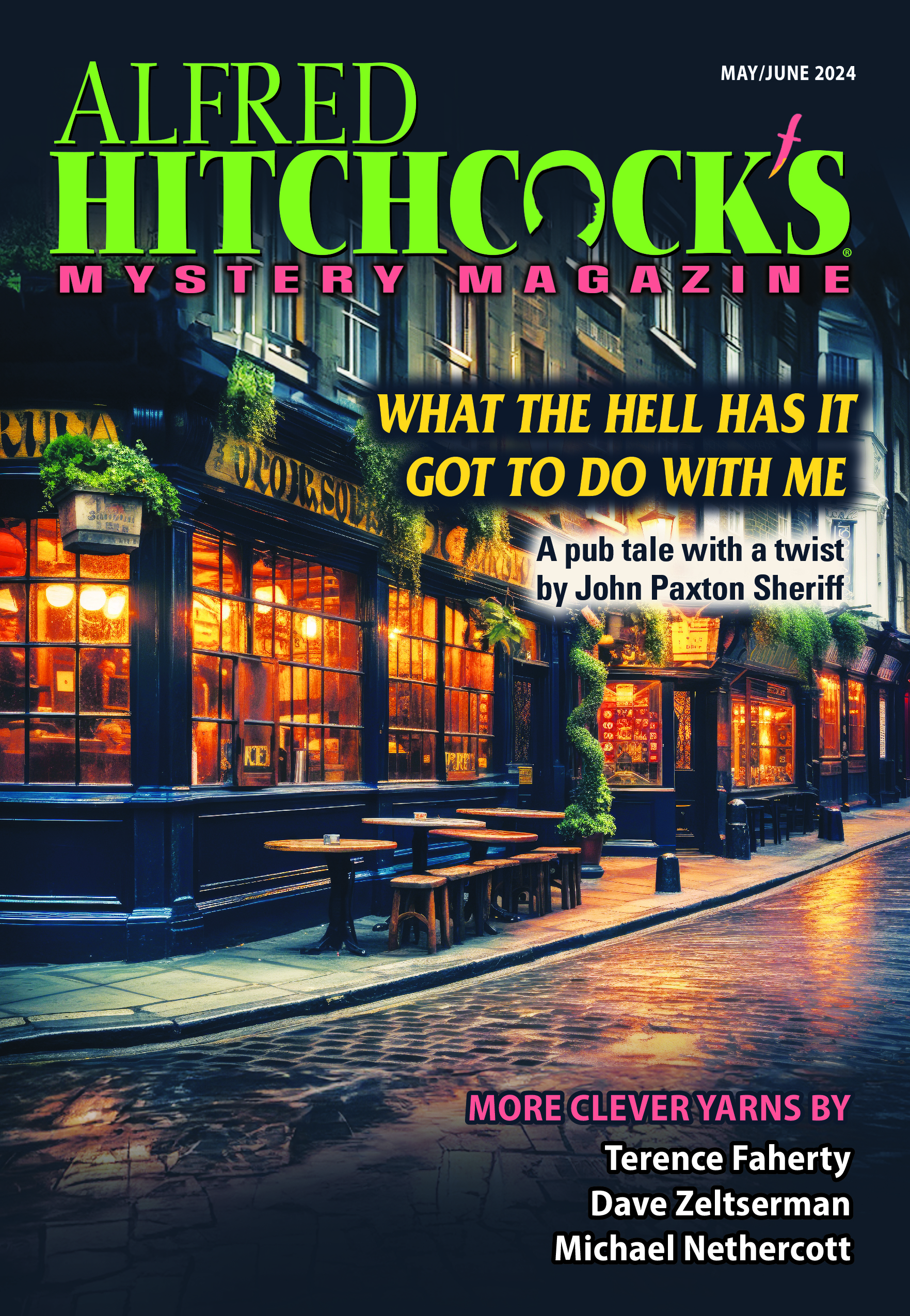Dale W. Berry is a commercial artist and designer, graphic novelist (see the Tales of the Moonlight Cutter series), and the founder of Myriad Publications. In December 2015, AHMM published his “Not A Creature Was Stirring,” the first graphic short story ever to appear in the magazine, and in the current issue (March/April), we published a second, his suspenseful “Dead Air.” Here he talks about that story, and how graphic storytelling and the mystery genre work together.

Sometimes I think the process of creating graphic short stories—of telling a tale visually on the page as well as in written words—is like having to do the same thing every writer does, but times two.
You imagine the plot and characters, maybe a certain sequence or relationship, and then conjure the words to describe them. You live and breathe and compose them into existence. Difficult enough, even in the best of situations. But then, somewhat ridiculously, you must do it all again, in sketches and thumbnails, in pencils and inks, and graphics and print production.
In the end, though, it’s worth it. Because that fusion of words and pictures, laid out in sequence like movies on paper, connects in the reader’s mind differently than words alone. And that’s always been the real magic of “comics.” They can float a global corporate film franchise, sure, but they’ll also take you into your most private space. There’s really no great, cosmic backstory necessary.
For me, that’s why creating them in the mystery genre makes sense, especially in short form. Graphic storytelling can capture a moment. Arranging and re-arranging that sequence of little pictures evokes mood, atmosphere and motivation. It allows you to examine an intimate human drama, building and dissecting conflict and suspense, beat by beat. You go deeper.
And the mystery genre does the same thing.
The two forms were made for each other. If I’m wrong, then Alfred Hitchcock never storyboarded the shower scene from Psycho.
For “Dead Air”, in the latest issue of AHMM, I drew (pardon the pun) on my 25+ years as a radio disc jockey to tell the kind of intimate story that mysteries and comics both do well: the isolated protagonist is confronted with a potential life-or-death puzzle, and must solve it while the clock is ticking.
It’s a classic set-up. It’s also classic live radio . . . you can ask any disc jockey. God forbid you let “dead air” happen, even as somewhere out there a listener is connecting with you in an immediate and intimate way.

